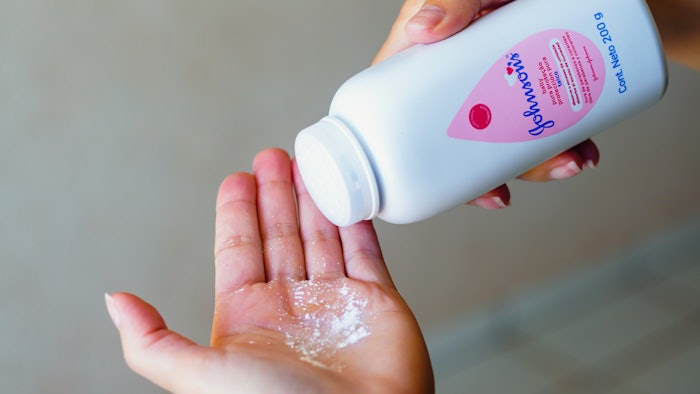Johnson & Johnson (J&J) is still at it — battling lawsuits alleging its talcum baby powder caused ovarian cancer. The company’s latest $10 billion bankruptcy settlement proposal ($8 million in today's dollars) has reignited controversies surrounding claim validity, the use of subsidiary bankruptcies and the fairness of compensation. The true test, according to Reuters, will be the anticipated Feb. 25, 2025 ruling on the company's third attempt to settle through bankruptcy.
Johnson & Johnson (J&J) is still at it — battling lawsuits alleging its talcum baby powder caused ovarian cancer. The company’s latest $10 billion bankruptcy settlement proposal ($8 million in today's dollars) has reignited controversies surrounding claim validity, the use of subsidiary bankruptcies and the fairness of compensation. The true test, according to Reuters, will be the anticipated Feb. 25, 2025 ruling on the company's third attempt to settle through bankruptcy.
How This Chapter 11 Attempt Differs
J&J’s third attempt to settle more than 62,000 lawsuits differs not only in its being held in a different court, but also because it leverages support from the plaintiffs, subsidiary Red River Talc reported in Reuters. “We have the vote,” said Allison Brown, Red River Talc's attorney, asserting that the bankruptcy plan has “enormous support” based on claimant voting.
However, objections remain strong. Critics, such as the opposing plaintiffs' attorney, Adam Silverstein, claim voting was manipulated, with “no” votes being challenged while some “yes” votes lacked proper documentation. A federal judge in Houston, Christopher Lopez, will decide whether this third plan differs sufficiently from J&J’s past failures, previously rejected for lacking financial distress.
The company continues to assert that the settlement offers a faster and fairer compensation method than a lengthy trial process.
Government Challenges the J&J Settlement
J&J’s bankruptcy strategy faces opposition not just from plaintiffs, but also from U.S. agencies. The Department of Health and Human Services and the Department of Veterans Affairs argue the plan violates bankruptcy laws and impacts government reimbursement rights for care provided under Medicare and Medicaid, Fierce Pharma reported. Citing the Federal Medical Care Recovery Act, the agencies assert that the settlement undermines federal recovery statutes.
Despite these objections, J&J's litigation chief Erik Haas defended the plan, calling it one of the “largest settlements in mass tort bankruptcy history” with the support of over 80% of claimants, per Fierce Pharma.
High Stakes Decision Looms
The outcome of this case holds significant implications. Approval could resolve nearly all talc-related lawsuits and prevent future claims, Asbestos.com stated. Critics argue the lawsuits — linking talcum powder to cancer and asbestos contamination — merit jury trials and higher compensation. J&J continues to deny asbestos contamination in its products, pointing to its shift toward cornstarch-based baby powder in recent years.
Judge Lopez will evaluate evidence, including challenges to the voting process and whether such a financially robust company should use bankruptcy protections. A decision is expected after hearings conclude in February, Reuters reported.











